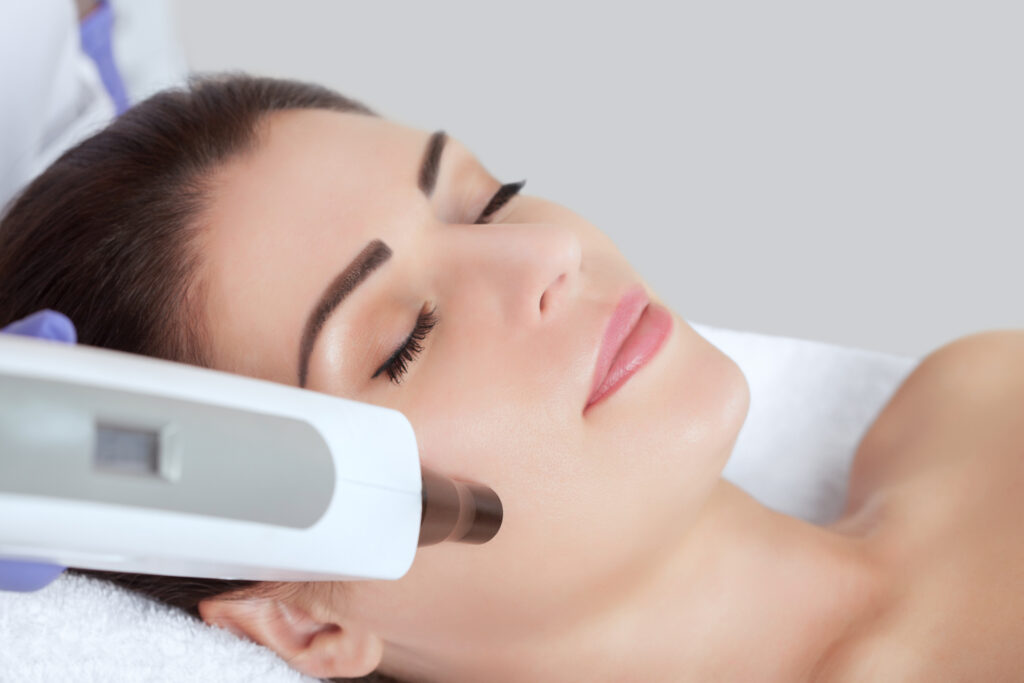Laser resurfacing (typically done with a carbon dioxide, or CO2 laser) can help address acne, scarring, abnormal skin texture, and age-related changes like fine lines, deep wrinkles, and sun damage. Laser resurfacing can be done in a fractionated manner, which requires less downtime but a series of treatments to see results. Or, patients can undergo more aggressive, ablative laser resurfacing to experience more profound benefits. However, patients will need more downtime during the healing process.
Chemical peels are done with a controlled concentration of a known acid that creates a superficial trauma to the skin. This burn causes superficial skin layers to exfoliate. This can include the epidermis, which is treated with a superficial chemical peel, or the dermis, which is treated with a moderate or deep chemical peel. The depth of a peel is tied to the goal of treatment, expectations, and the acceptable downtime. The higher the chemical peel concentration, the more aggressive the peel, the greater the effect, the greater potential discomfort, and the more recovery time is required.
Dermabrasion involves superficial abrasions that reveal fresh layers of skin underneath. Although it can be done in a greater surface area like the entire face, it is typically used for spot treatment in areas of need, such as acne scars, post-surgical incisions, and trauma scars. Depending on the depth of treatment, recovery can be minimal or prolonged.

